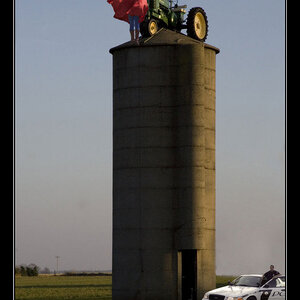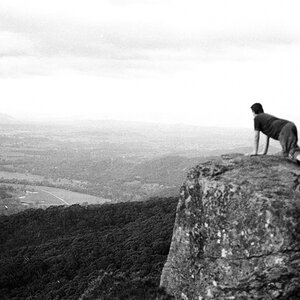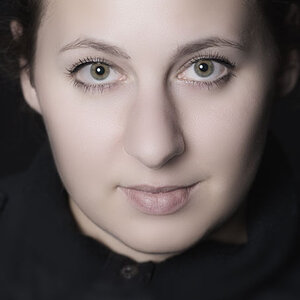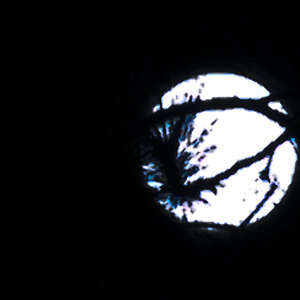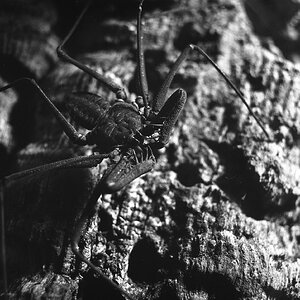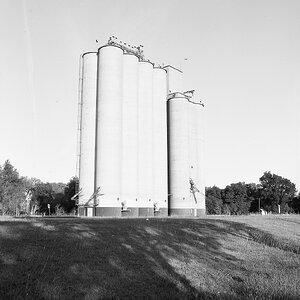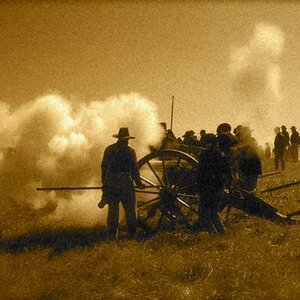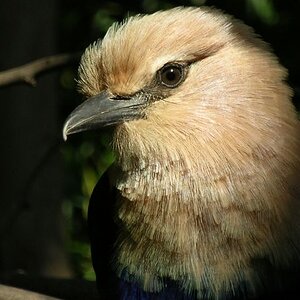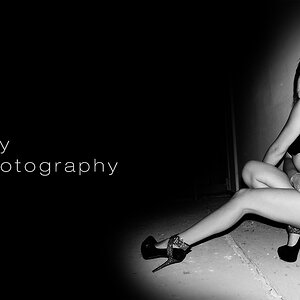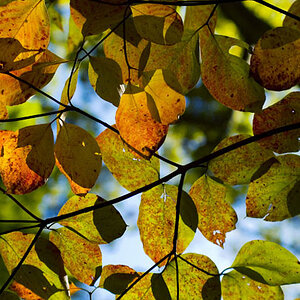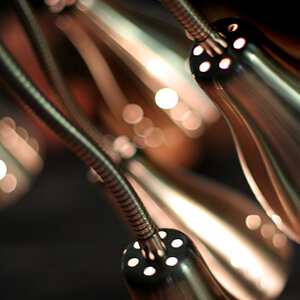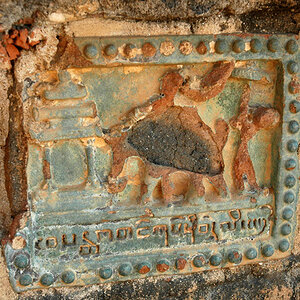mbikersteve
TPF Noob!
- Joined
- Jan 15, 2014
- Messages
- 3
- Reaction score
- 0
- Location
- United States
- Can others edit my Photos
- Photos OK to edit
My fav subject is surfaces, preferably metal with rust, paint, scratches, etc. I shoot from very close (2 to 6 inches) using the Macro setting. My current set up:
1. What should I be doing with my current setup to get better results? Ditch the diopter? Better camera? Better lighting? Switch to manual program? and,
2. If you would recommend 1 upgrade/change would it be to invest in a dedicated macro lens? Will this have a measurable impact?
Thx in advance for your help. If this is like any other forum I have ever used and my post is WILDLY inappropriate, nubish, off-topic, or whatever....let me apologize in advance as well.
- Canon t3i
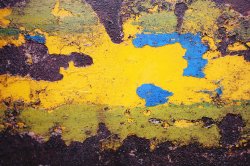
- Canon EF-S 18-55 (don't cringe, kit-lens, I know)
- Marumi Macro 200 (5x) diopter
- Focus rail
- Ring flash
1. What should I be doing with my current setup to get better results? Ditch the diopter? Better camera? Better lighting? Switch to manual program? and,
2. If you would recommend 1 upgrade/change would it be to invest in a dedicated macro lens? Will this have a measurable impact?
Thx in advance for your help. If this is like any other forum I have ever used and my post is WILDLY inappropriate, nubish, off-topic, or whatever....let me apologize in advance as well.


